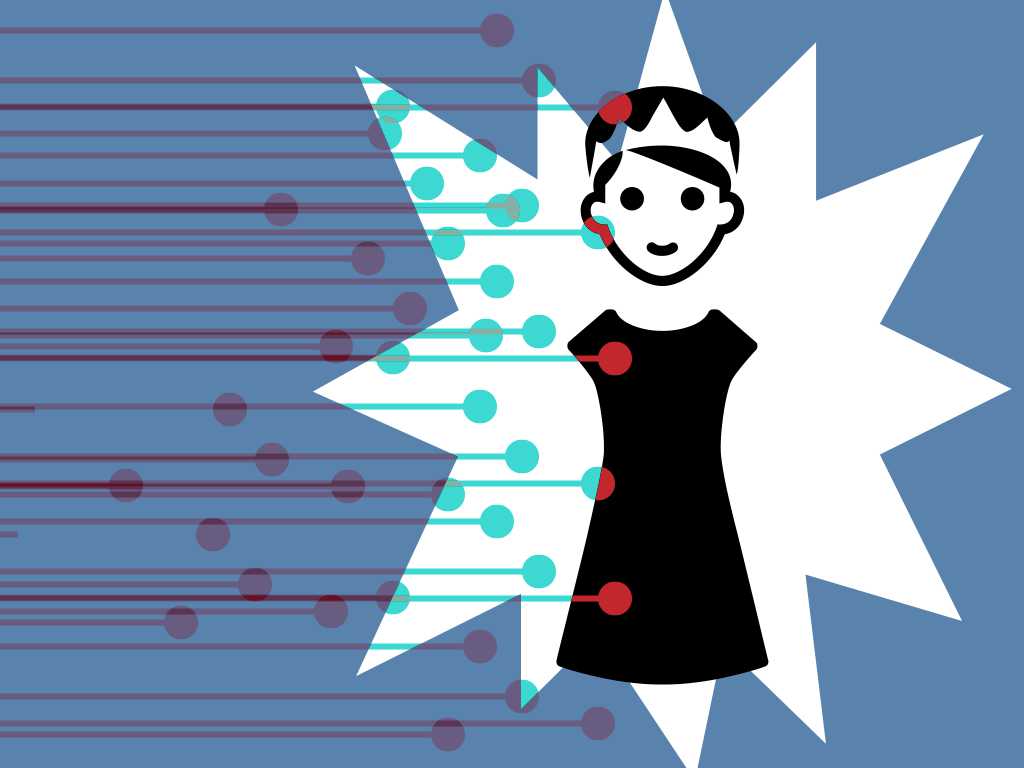Promotions offering discounted prices have always been a prominent feature of U.S. retail, but they’ve become significantly more so since the recession melted away demand and technology reduced to near-zero the cost of targeted communications. An unintended consequence for many retailers is that their customers now expect discounts; ticket prices lack credibility; and discounting becomes the only way to move merchandise.
Fall Into the Trap
Some, like Kohl’s, have adopted this as their standard business model. Yet for others, the model has become unsustainable as full-ticket sales erode to historic lows, markdowns climb to historic highs, and sales stagnate. These retailers have no levers left to reverse the trend. Quicksand.
What makes this trap so easy to fall into and hard to escape is that any new promotion is likely to increase sales and margin in the short term. Over time, however, the known events and tools lose impact. To avert further shortfall, a retailer will sweeten the deal or layer on other promotions. But the more layers, the less juice each individual promotion provides, and the more events that “have” to be anniversaried. (One client we worked with built up an average of 11 in-store and 4 direct response deals — plus 4 ongoing “member” discounts — effective every day.)
Less visible than the financial impacts — but perhaps more pernicious — is the significant collateral harm to customers, product, operations and brand.
PATHOLOGIES CAUSED BY EXCESS PROMOTION
| Customer |
|
| Product |
|
| Operations |
|
| Brand |
|
* A senior merchant we worked with described it as flying an aircraft with faulty instruments.
Can it really be any worse?
Now, Dig Out
The first step is to recognize the depths of your own promotion trap and its related pathologies. Promotion is driven by Merchandising and Planning, but its impacts are broadly systemic, starting with Design and Sourcing and ending with Marketing and checkout. So the solution, too, must be systemic. This takes CEO leadership.
One immediately thinks of Ron Johnson, CEO of J.C. Penney, who is trying to leap (vs. dig) out of the promotion trap by changing the company’s business model completely — and suddenly. Penney’s is making a bet that an immediate shift to a transparent EDLP+ model will eventually draw more sales and profit than a universe of merchandise selling at “60% off” jacked-up tickets.
Most trapped retailers will not want so radical a transformation (or so sudden a change in operating results). But any solution will still require new thinking across functions, detailed quantitative analysis by planners, and leaps of creativity by marketers and merchants.
For more details and specific solutions for your business, contact Mōd.

